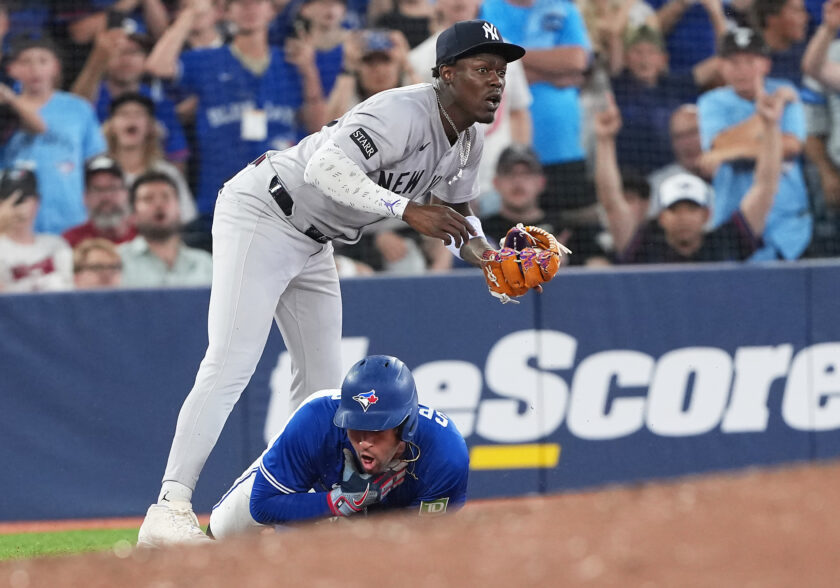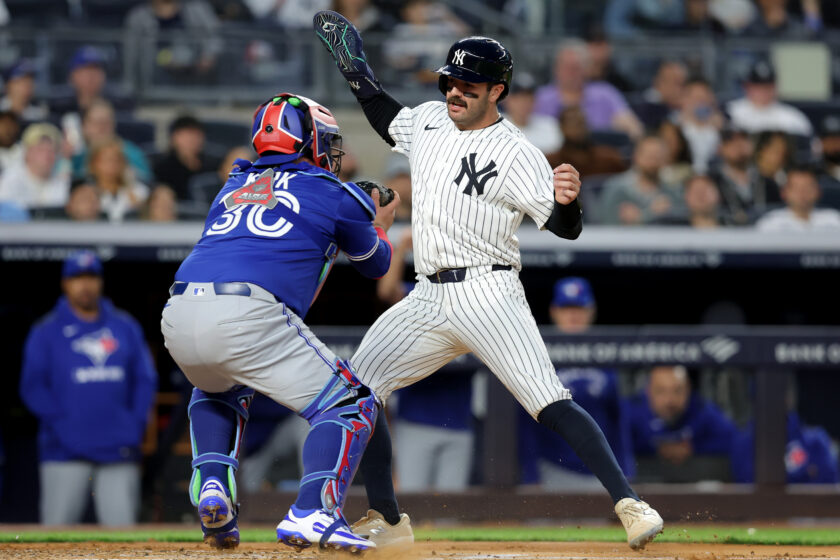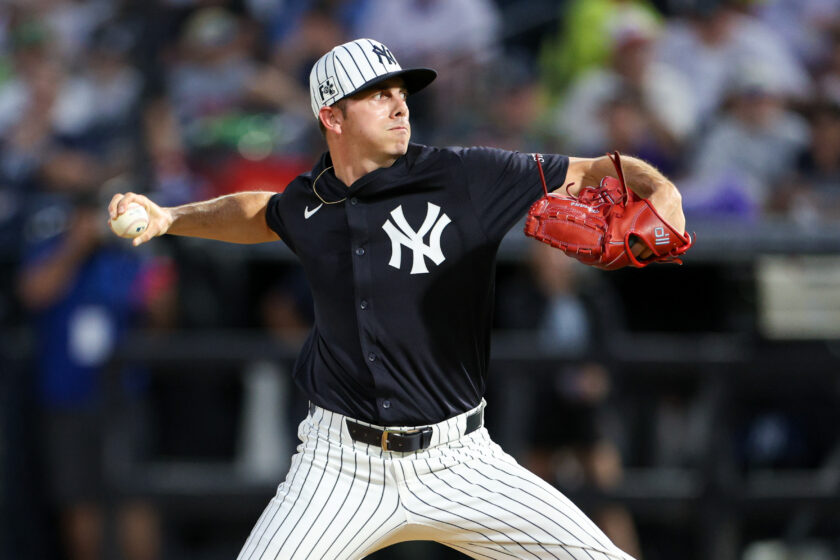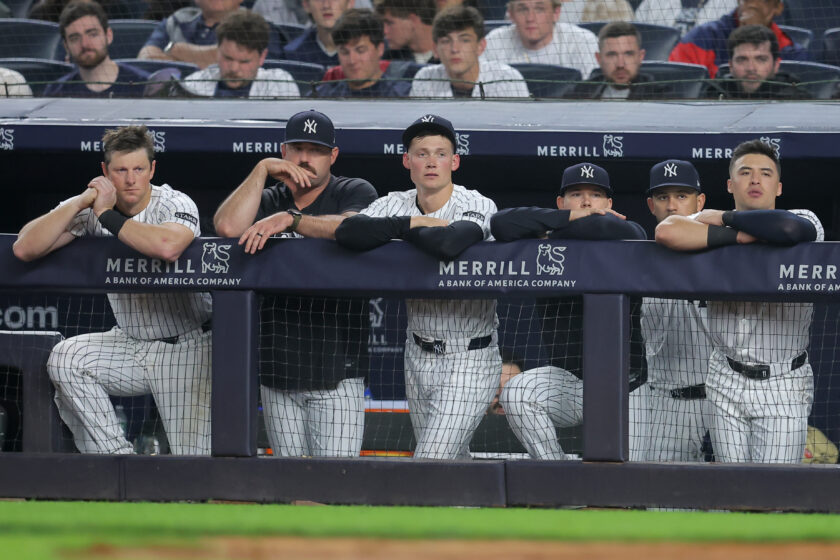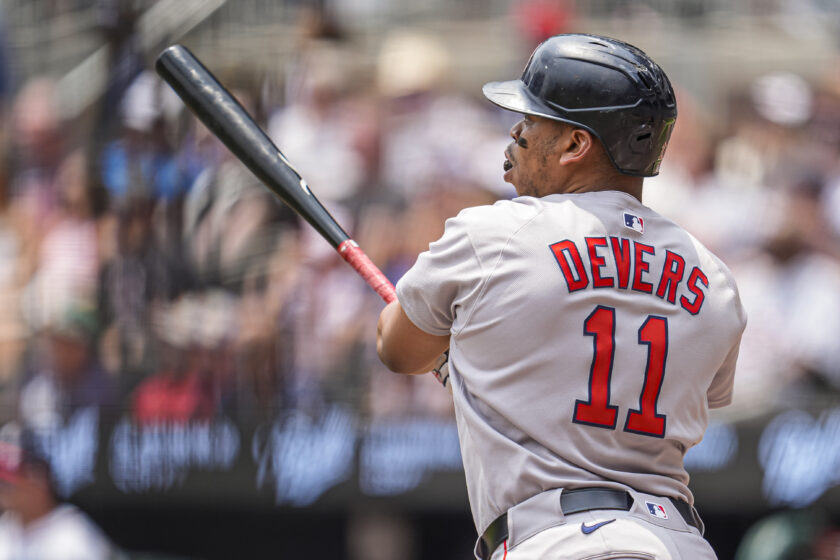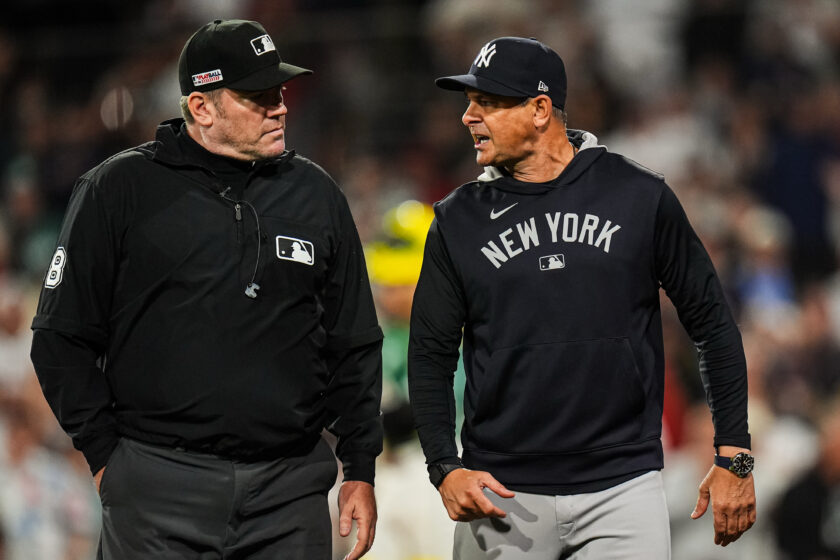The 5 greatest catchers in New York Yankees franchise history
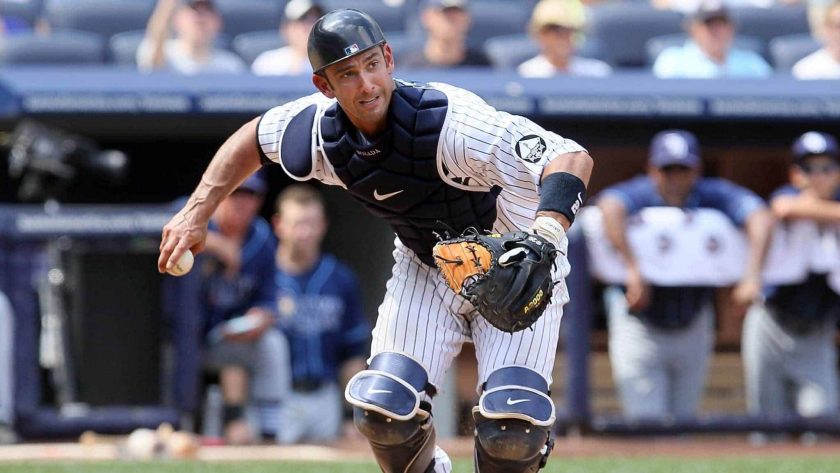
The New York Yankees have had some great players behind the plate over the years. Here’s a look at the five best.
When baseball fans think of catchers in the history of the New York Yankees franchise, they think of players who were impactful, left a legacy, and sometimes were the best backstops to ever play the game. Even now, they employ a catcher who has already entered the record books hitting-wise in Gary Sanchez.
Here are the five greatest catchers in Yankees history.
5. Elston Howard
Elston Howard, who’s made the record books for a variety of reasons, was the first black player to put on the pinstripes and may very well be the greatest defensive catcher in Yankees history.
After playing for the Kansas City Monarchs in the Negro leagues from 1948-50, Howard spent 13 years with the Yankees from 1955-67 before serving a short stint with the Boston Red Sox until his retirement in 1968.
He earned the American League MVP in 1963, becoming the first black player in AL history to accomplish this feat. His lifetime fielding percentage of .993 was an MLB record among catchers from 1967-73. He also set AL records in putouts and total chances.
In 1,492 games with the Yankees, Howard slashed .279/.324/.436 with a .760 OPS and 110 OPS+ while notching 161 home runs and 733 RBIs. He was a 12-time All-Star and four-time World Series champion as a player and finished top 10 in MVP voting two additional times. His No. 32 jersey is retired by the Yankees and he’s also honored in Monument Park.
Howard returned to the Yankees as their first base coach from 1969-79 and won two more World Series titles. Elston is also credited with inventing the batting “doughnut,” a weighted ring that players put on their bats to warm up in the on-deck circle.
One may ask why Howard is last on this list if several consider him to be the best defensive catcher in franchise history. The answer lies in his offense. Not to say Howard was a bad hitter by any means, but he just didn’t produce as well as the rest of the catchers on this list.
4. Jorge Posada
A member of the famous “Core Four,” Jorge Posada is the Yankees’ most recent catcher on this list and a fan-favorite of younger generations. From 1995-2011, Posada spent his entire 17-year career in the Bronx.
In 1,829 career games, Posada slashed .273/.374/.474 with an OPS of .848 and OPS+ of 121. He hit a total of 275 home runs and batted in 1,065 runs. Posada was a five-time All-Star, four-time World Series champion, five-time Silver Slugger, and finished top 10 in AL MVP voting twice. His No. 20 jersey is retired by the Yankees and, like Howard, he’s honored in the famous Monument Park.
Posada’s offense was amazing, arguably the best among catchers during the era in which he played. That’s what gives him the edge over Howard. In 2003, he became the second catcher in Yankees history — after Yogi Berra — to hit 30 home runs in a season. He’s just the fifth catcher in MLB history with at least 1,500 career hits, 350 doubles, 275 home runs, and 1,000 RBIs.
From 2000-11, Posada had more RBIs and home runs than any other catcher in the league. He’s also the only catcher ever to hit .330 or better while notching 40 doubles, 20 home runs, and 90 RBIs in one season. Posada’s resume is jam-packed, so why isn’t he higher on the list?
Unfortunately, Posada’s defense was never better than average — he’s by far the worst defensive catcher on this list. If it weren’t for his fantastic hitting ability, Posada would be an afterthought. Plus, his postseason numbers are nothing to write home about and most would expect them to be better.
3. Thurman Munson
Thurman Munson’s life story ended tragically and it’s hard not to wonder what his legacy would’ve been like had he not died so young. Munson spent his entire 11-year career with the Yankees from 1969 until his demise in 1979.
In 1,423 games, Munson slashed .292/.346/.410 and recorded an OPS of .756 along with an OPS+ of 116. He also batted in 701 runs and stole 48 bases. Munson was a seven-time All-Star, two-time World Series champion, the 1976 AL MVP, the 1970 AL Rookie of the Year, and a three-time Gold Glove winner. He finished top 10 in MVP voting a total of three times. All of this led to the retirement of his No. 15 jersey and his enshrinement into Monument Park.
He was the captain of the Yankees from 1976-79, becoming the team’s first captain since Lou Gehrig. He’s the only Yankee to ever win both Rookie of the Year and MVP. He also became the first player ever to be named College Baseball All-American and then go on to win Rookie of the Year, MVP, a Gold Glove Award, and a World Series.
What puts Munson ahead of both Howard and Posada is the fact that he was very well-rounded as a player and achieved outstanding feats in the postseason. In 30 career playoff games, Munson slashed .357/.378/.496, recorded an OPS of .874, batted in 22 runs, and struck out just 19 times in 135 plate appearances.
Munson is the only catcher in postseason history to hit .300 or better, knock in at least 20 runs, and catch at least 20 baserunners stealing (24).
Munson died in a plane crash at the age of 32 and who knows how much better his numbers would’ve been if he played a full career. It’s difficult to deny that he would’ve been a Hall of Famer. A hot take that makes for an additional discussion: if he hadn’t passed away when he did, Munson may have been higher on this list.
2. Bill Dickey
Bill Dickey was the Yankees catcher for his entire 17-year career, from 1928-1943 and then again in 1946 when he was a player-manager. He took a few years off due to his World War II service.
In 1,789 games, Dickey slashed a remarkable .313/.382/.486, recorded a .868 OPS, 127 OPS+, and hit 202 home runs with 1,209 RBIs. He was an 11-time All-Star and eight-time World Series champion as a player. Along with the retirement of his No. 8 jersey and his enshrinement into Monument Park, Dickey is a member of the Hall of Fame.
Dickey is most known for his superb hitting as well as his abilities and flexibility in accommodating pitchers. In 1999, he was ranked No. 57 on The Sporting News‘ list of Baseball’s 100 Greatest Players. The only catchers ahead of him were Roy Campanella, Berra, Josh Gibson, and Johnny Bench.
Dickey was never named MVP but finished top 10 in voting five times, including three finishes in the top five. At .320, Mickey Cochrane is the only catcher in MLB history to have a higher career batting average than Dickey. In 1931, Dickey didn’t allow any passed balls in 125 games, which became an AL record.
Some consider Dickey to be the greatest catcher in Yankees history, but that’s disputable. For one, he never won an MVP award. More importantly, Dickey was never truly exceptional in the playoffs. He did indeed knock in 24 runs in 38 games, but that’s the only noteworthy statistic one can find on his postseason resume.
Dickey helped develop Howard. But before that, he initially returned to the Yankees as the first base coach and catching instructor to the man who would go on to become the greatest catcher in franchise history…
1. Yogi Berra
“It ain’t over till it’s over.”
He’s famous for his “Yogisms,” but he was so much more than that. Widely regarded as one of the greatest catchers of all time, Yogi Berra is the best backstop to ever put on the pinstripes. He was known for his great defense but also for his success as a power-hitter.
He spent 18 years with the Yankees from 1946-63. During that span (2,116 games), he slashed .285/.348/.483, put up an OPS of .830, an OPS+ of 125, and hit 358 home runs with 1,430 RBIs. No catcher in Yankees history has ever notched more home runs or RBIs. In fact, he holds the MLB record for most career RBIs by a catcher.
Berra was an 18-time All-Star and three-time AL MVP. He was a 10-time World Series champion — no player has ever won more. He inherited the No. 8 from his predecessor, Dickey, and the Yankees retired it in honor of both players. He’s also honored in Monument Park and is a member of the Hall of Fame.
Berra was ranked No. 40 on The Sporting News’ list of Baseball’s 100 Greatest Players and was also named to the MLB All-Century Team.
He’s one of just six players to ever win the AL MVP three times and he finished top five in voting four additional times. Berra holds the record for most shutouts caught with 173. This includes catching Don Larsen’s perfect game in the 1956 World Series. That was the first of just two no-hitters in postseason history.
He led AL catchers eight times in games behind the plate and chances accepted (putouts and assists), and putouts. Berra also led the league six times in double plays (an MLB record), three times in assists, and once in fielding percentage. When he retired, he held AL records for catcher putouts (8,723) and chances accepted (9,520). He’s one of just four catchers ever to field 1.000 in a season. He had more home runs than strikeouts five times in his career.
Berra’s postseason numbers were also fantastic. In 75 career playoff games, he slashed .274/.359/.452, recorded an OPS of .811, and struck out just 17 times in 295 plate appearances.
As if Berra’s accomplishments weren’t enough already, the way he played the position revolutionized the game for generations to come. Berra was the first catcher ever to leave one finger outside of his glove. It’s something the vast majority of catchers have done since.
In his last year with the Yankees, Berra also served as the first base coach. New York named him manager upon retiring but later fired him. The New York Mets immediately hired him to be a coach for the 1965 campaign and he also served as a player for one final time in that same season.
In 1976, he rejoined the Yankees in a coaching role and was named the manager before the 1984 season but only lasted until 1985. He would go on to win three more rings as a coach, including one with the Mets in 1969.
Very few have done what Berra did. It shouldn’t be hard to conclude that no catcher in the history of the organization tops his accomplishments.
Leen has written about the MLB, NBA, NFL, NHL, and international soccer. She is currently the primary NHL writer for ESNY. Leen's work has been featured on Bleacher Report and she was formerly a contributor for FanSided's New York Mets blog, Rising Apple. She is a co-host of the Yankees-Mets Express podcast.

